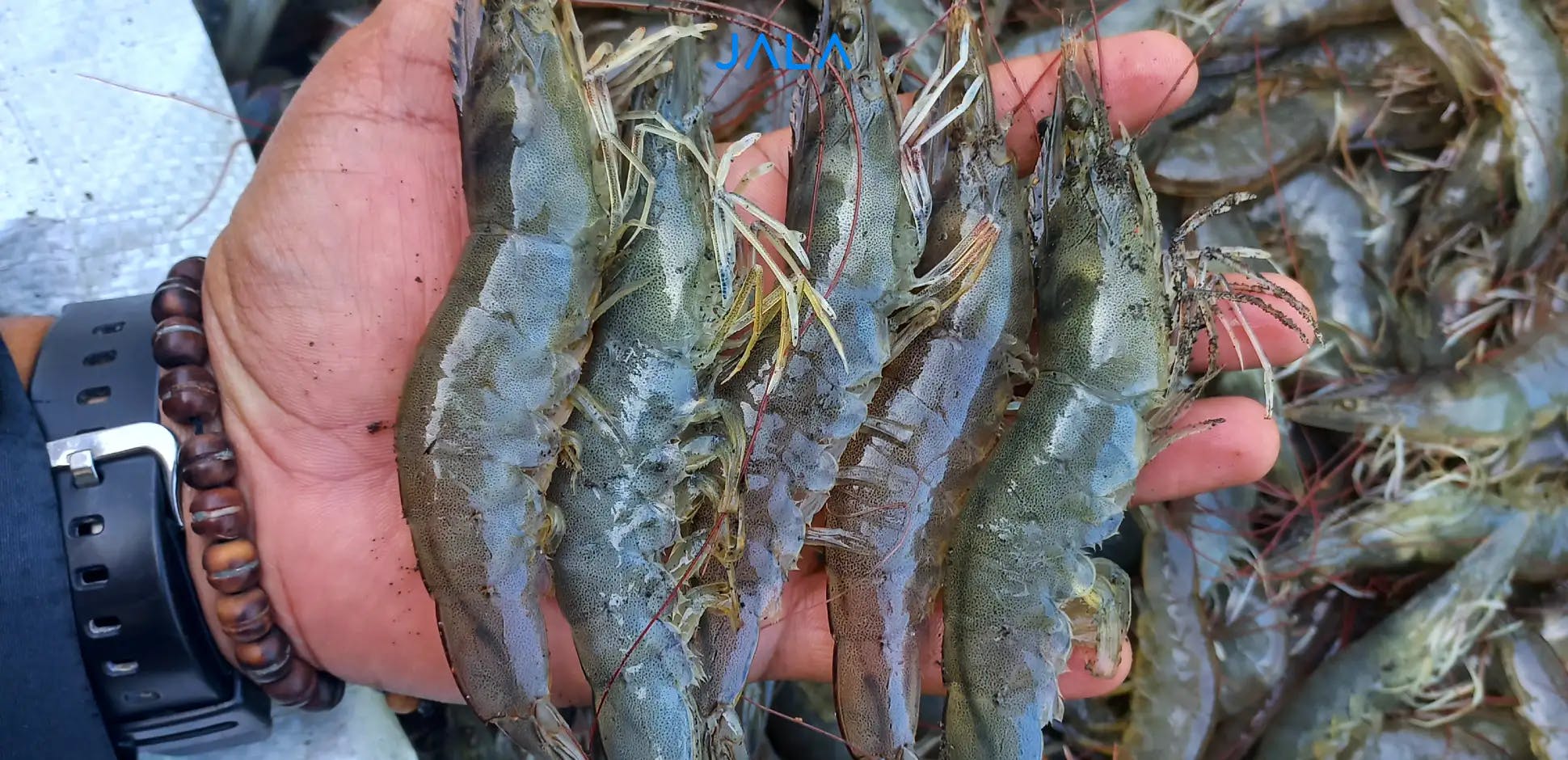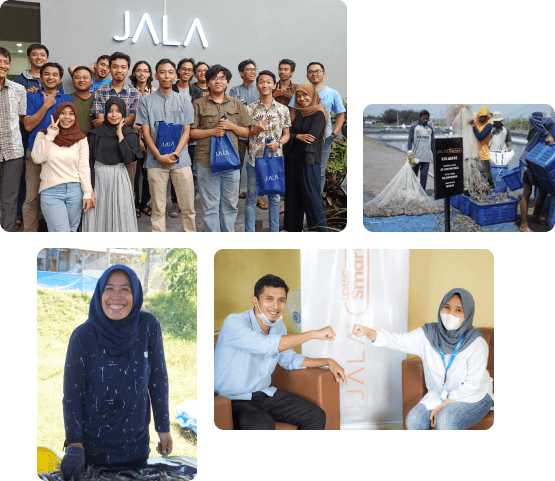
These days, shrimp cultivation can be considered as one of the fastest-growing areas of aquaculture. This is due to the high global market demand for shrimp, driving the creation of new innovations to enhance shrimp farming productivity. But how did shrimp cultivation begin?
The origin of shrimp cultivation
Shrimp cultivation has been practiced for centuries in Asia, particularly in India, Bangladesh, and Vietnam. During that time, shrimp commodities were produced by trapping wild shrimp fry in tidal ponds near the coast. Subsequently, this cultivation practice expanded to paddy fields located not far from the coastline.
During the dry season when rice was harvested, these fields were irrigated with high salinity river water. Wild shrimp larvae captured from river estuaries or the coast were then released into these fields. This cultivation system continued until the 20th century. However, the lack of hatchery activities and the limited availability of wild shrimp larvae led to unsustainable fry supply issues. Naturally, shrimp also only spawn during specific seasons. It wasn't until 1934 that Dr. Motosaku Fujinaga from Yamaguchi Prefecture in Japan made a significant breakthrough in shrimp cultivation.
Who is Motosaku Fujinaga?
Dr. Motosaku Fujinaga, also known as Dr. Hudinaga, had a background as an ichthyology expert at the University of Tokyo. He was the first person to successfully domesticate shrimp. Fujinaga began by observing the spawning behavior of Penaeus japonicus, also known as kuruma shrimp, in their natural habitat.
Fujinaga then attempted to replicate his observations by inducing the kuruma shrimp to spawn in a laboratory setting. Creating a spawning ground with conditions mimicking the natural environment, his 1934 research achieved success in hatching kuruma shrimp, although only up to the mysis stage. In their growth, he experimented with various types of phytoplankton, especially diatoms (Skeletonema kostantum), as feed.
By 1940, he successfully raised mature shrimp. In 1942, he wrote a thesis titled "Reproduction, development and rearing of Penaeus japonicus Bate," demonstrating his dedication to expanding shrimp cultivation at an international scale.
Dr. Motosaku Fujinaga’s discovery and innovation
In addition to successfully pioneering the domestication of shrimp, Fujinaga also made various crucial findings and innovations in the field related to shrimp cultivation. Despite Dr. Fujinaga's research being interrupted due to World War II, in the two decades that followed, he and his colleagues successfully developed various techniques used in shrimp farming, including:
1. Discovering ideas for shrimp cultivation pond construction and materials - Dr. Fujinaga made significant contributions to finding the best materials for pipes, valves, and pond construction. His discoveries were invaluable as they minimized corrosion from seawater and toxicity from metals and plastics. He and his team also designed spawning and hatching facilities for kuruma shrimp using large, intricately designed tanks. In 1963, Fujinaga successfully developed semi-intensive ponds in abandoned salt farms.
2. Fine bubble aeration technology - Fujinaga's research revealed that using smaller or finer bubbles for aeration is more efficient. This is because fine bubbles can last longer in water and diffuse more rapidly, making them more effective in oxygenation and water circulation processes.
3. Developing a feeding technique - In his research project, Dr. Fujinaga experimented with various types of natural feeds for feeding kuruma shrimp. He tried using diatoms, rotifers, artemia, and other plankton species, as well as clam meat as feed. He found that artemia was the most suitable food for mysis and early postlarval phases, while clam meat was suitable for the later postlarval phase.
4. Introducing packaging and transporting technique for shrimp fry - Fujinaga also conducted training for students, technicians, and researchers from around the world on the cultivation methods he developed. One of his most successful disciples was I. Chiu Liao from Taiwan, who made significant contributions to the development of giant tiger shrimp cultivation. Furthermore, through his training, Fujinaga's shrimp cultivation methods were successfully implemented in the US and Taiwan. With his immense contributions to shrimp cultivation, Dr. Motosaku Fujinaga is regarded as the "Father of Shrimp Farming" worldwide.
Resources
Chamberlain, G. W. 2010. History of shrimp farming. The Shrimp Book Nottingham University Press, United Kingdom, 1-34.
About the author
The author is the child of a vannamei shrimp farmer. The author was born and raised in a vannamei shrimp producing area in Lamongan. He was also an active student currently in his 7th semester of the Aquaculture Program Study, Fisheries and Marine Science Faculty of Airlangga University.





